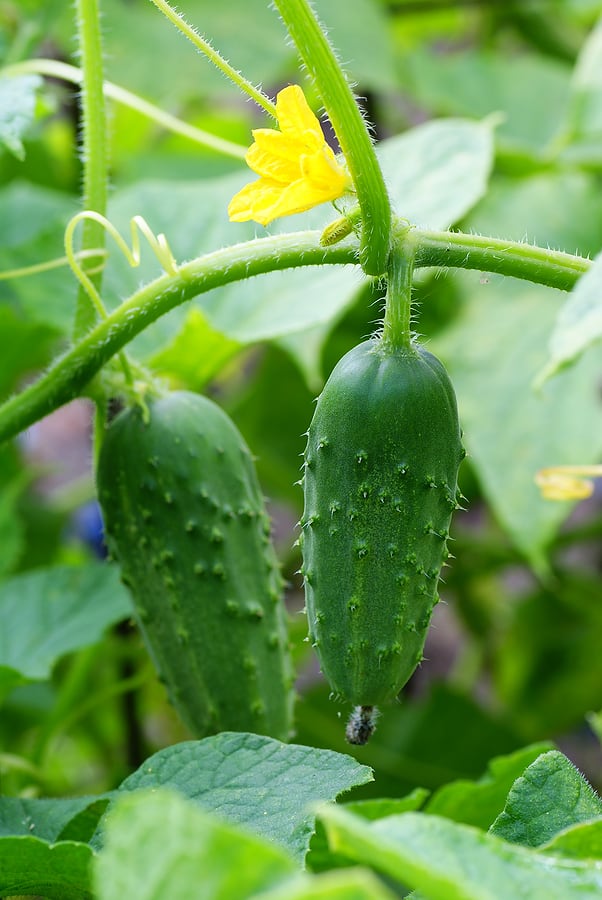Baby Corn Cooking and Serving Tips
Baby corn is sweet and crunchy and can be eaten whole out of hand–kernels and cob together. Add baby corn raw to salads, or cook it quickly in stir-fries. Include fresh baby corn among crudités. Baby corn is often included in Thai and Chinese dishes. It looks like miniature corn on the cob. But baby […] More












